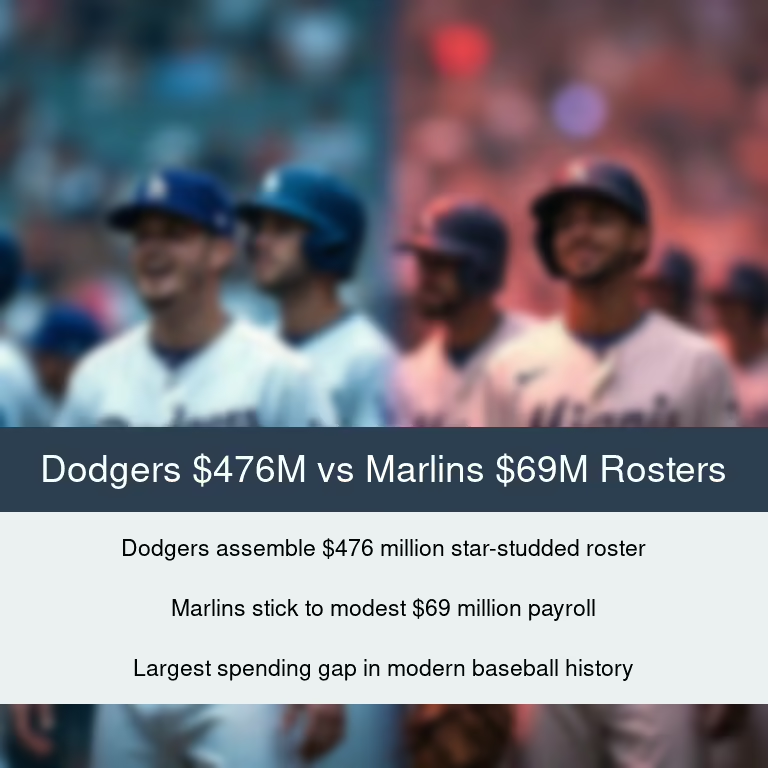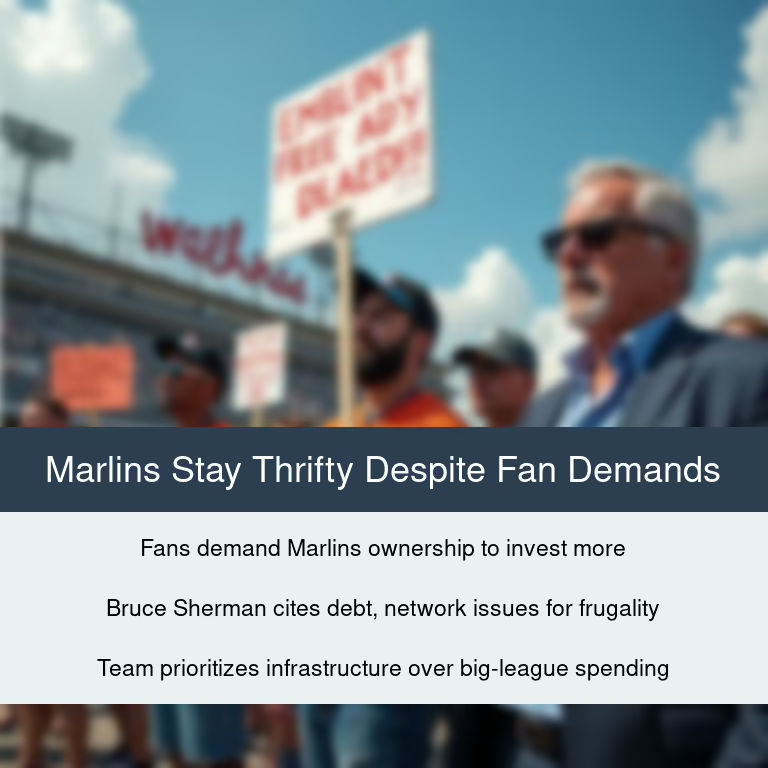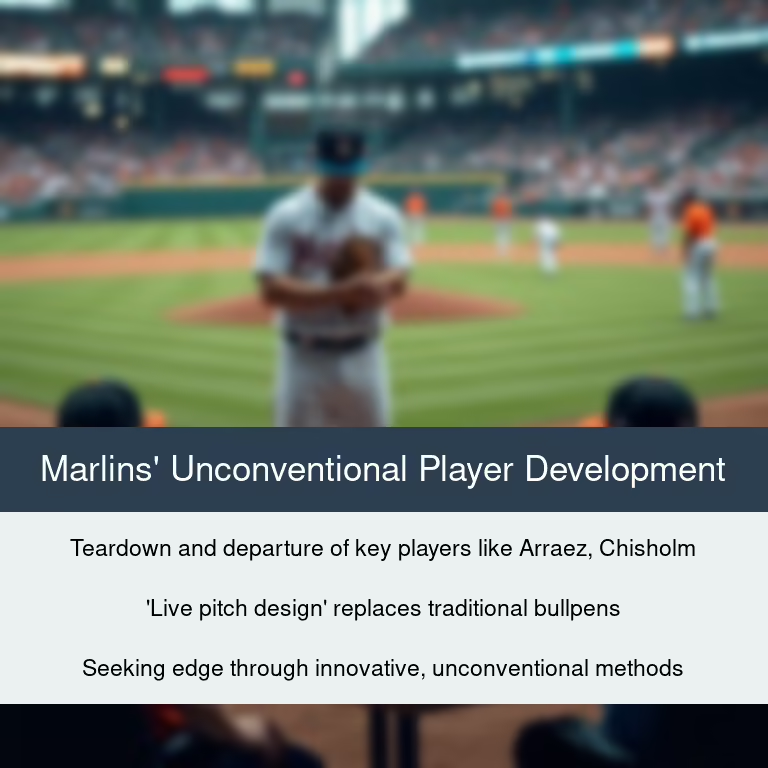As the 2025 MLB season unfolds, a seismic financial gap has emerged between the league’s big spenders and its thriftier franchises, sparking intense debates and foreshadowing potential conflicts in the upcoming labor negotiations.
The Payroll Divide: Dodgers’ $476M Roster vs. Marlins’ $69M Squad
In an unprecedented display of financial might, the Los Angeles Dodgers have assembled a staggering $476 million roster, dwarfing the Miami Marlins’ comparatively modest $69 million payroll. This colossal disparity, believed to be the largest in modern baseball history, has intensified discussions around the sport’s spending imbalance and fueled concerns about competitive integrity. As the Dodgers flex their financial muscle, acquiring top talents like Blake Snell, Roki Sasaki, Tanner Scott, and Kirby Yates, the Marlins have taken a more frugal approach, declining to sign any player to a multi-year contract.

Shohei Ohtani’s Mega-Deal Fuels Dodgers’ Spending Spree
At the heart of the Dodgers’ lavish spending spree lies Shohei Ohtani’s record-breaking contract, a financial windfall that has enabled the team to splurge on top-tier talent. Ohtani’s lucrative deal, rumored to be worth over $500 million, has provided the Dodgers with the resources to assemble a star-studded roster, leaving other teams in their wake. While some applaud the Dodgers’ commitment to winning, others question the long-term sustainability and competitive balance of such lopsided spending.

Fans Demand Frugal Owners to Invest, But Marlins Stay Thrifty
As the payroll divide widens, fans of lower-revenue teams like the Marlins have grown increasingly vocal in their demands for owners to invest more in their rosters. However, the Marlins’ ownership group, led by Bruce Sherman, has remained steadfast in their thrifty approach, citing factors such as regional sports network challenges, pandemic-related debt, and the perceived inefficiency of free-agent spending for tight-budgeted teams. Sherman has defended the franchise’s strategy as building a sustainable, competitive team through innovative methods and prioritizing infrastructure improvements over big-league spending.
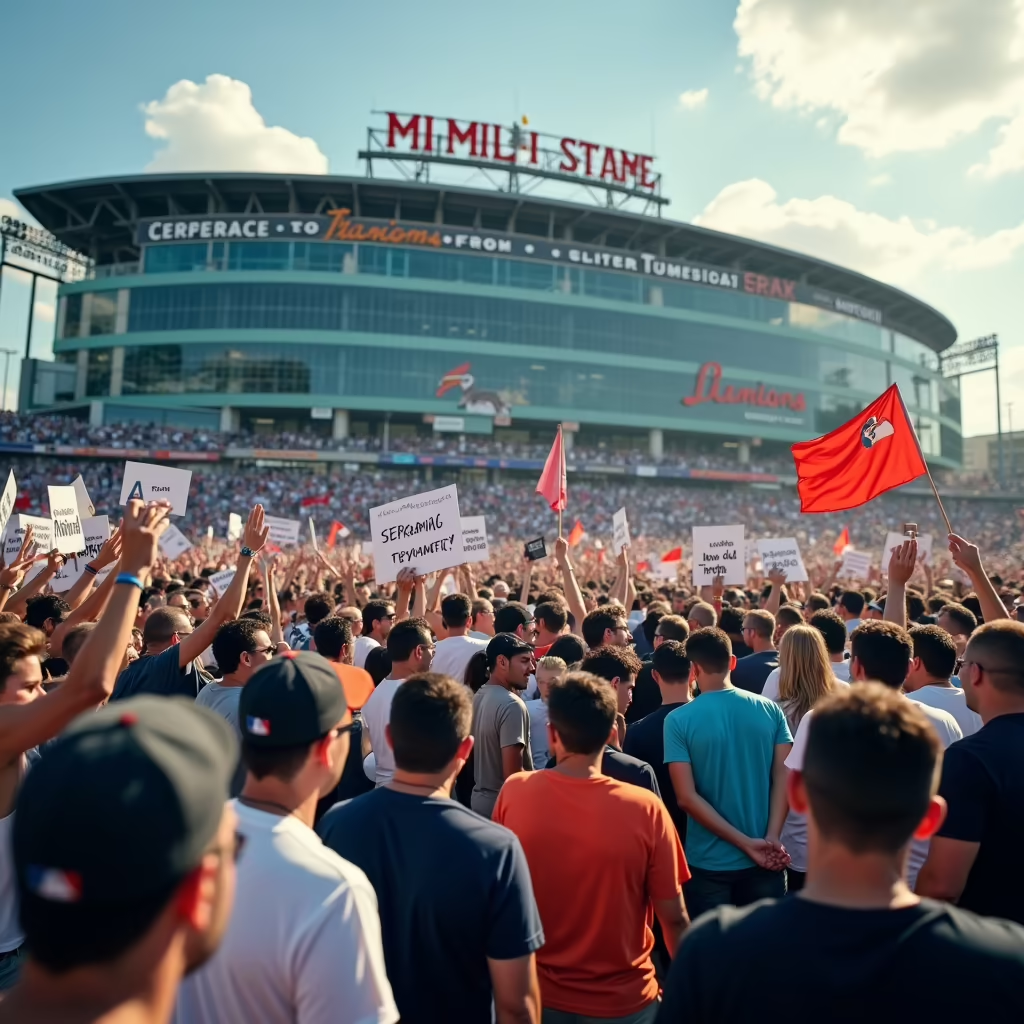
Marlins’ Teardown: Prioritizing Infrastructure Over Big-League Spending
The Marlins’ offseason saw a significant teardown, with the departures of key players like Luis Arraez, Jazz Chisholm Jr., Tanner Scott, Josh Bell, and AJ Puk. This move has raised concerns among fans and the MLB Players Association (MLBPA) about the team’s commitment to fielding a competitive roster. However, the Marlins have defended their approach, citing a focus on improving infrastructure and increasing off-the-field staff as part of a long-term strategy for sustained success. This approach risks drawing a grievance from the MLBPA for lack of spending on major league talent.
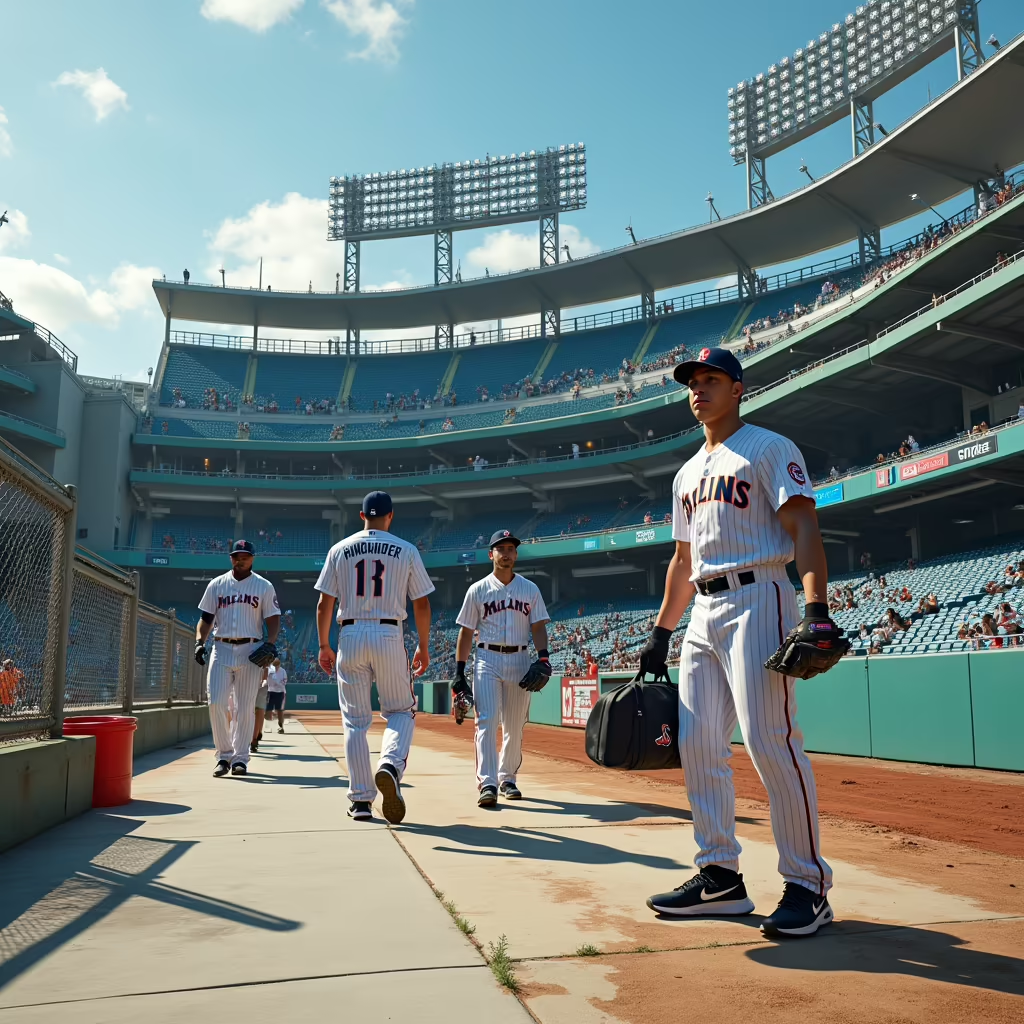
Innovative Training Methods: ‘Live Pitch Design Sessions’ Replace Bullpens
On the field, the Marlins have implemented innovative practices like ‘live pitch design sessions’ instead of traditional bullpen sessions, aiming to amplify game-intensity training. While some initiatives have drawn criticism from traditionalists, Marlins officials frame these deviations as existential, seeking separation from conventional methods in an effort to gain a competitive edge. The team’s willingness to embrace unconventional approaches has garnered both praise and skepticism from baseball analysts and fans alike.

Looming CBA Clash: Will Owners Push for a Salary Cap?
As the current collective bargaining agreement (CBA) nears its expiration, the widening payroll gap has emerged as a potential flashpoint in the upcoming negotiations. While Commissioner Rob Manfred has acknowledged revenue disparity as a top concern, he has not committed to pursuing a salary cap structure, which the MLBPA vehemently opposes. MLBPA chief Tony Clark, on the other hand, has celebrated teams investing in winning, regardless of market size, setting the stage for a potential clash over the issue of competitive balance and financial parity.



